- Home
- testo 320B
testo 320B - Flue Gas Analyser (standard kit)
0563 3223 80testo 320B - Flue Gas Analyser (standard kit)
0563 3223 80Standard kit features include :
* 4,000ppm CO sensor with automatic pump shut off to help prevent saturation.
*10 user selectable fuels
*rechargable Li-ion battery
*tightness and let-by pressure test routines included in menu (requires pressure connection adaptor)
*Flow and return temperature measurement (using additional accessory probes)
*Soft carry case with shoulder strapx
*Independently tested according to EN 50379 Parts 1-3
General technical data
| Weight | 573 g |
|---|---|
| Dimensions | 240 x 85 x 65 mm |
| Operating temperature | -5 to +45 °C |
| Protection class | IP40 |
| Display size | 240 x 320 pixels |
| Display function | Colour graphic display |
| Power supply | Battery: 3.7 V / 2,400 mAh; Mains unit: 5 V / 1 A |
| Memory | |
| Storage temperature | -20 to +50 °C |
Flue gas O₂
| Measuring range | 0 to 21 Vol.% |
|---|---|
| Accuracy | ±0.2 Vol.% |
| Resolution | 0.1 Vol.% |
| Reaction time t₉₀ | < 20 s |
Flue gas probes
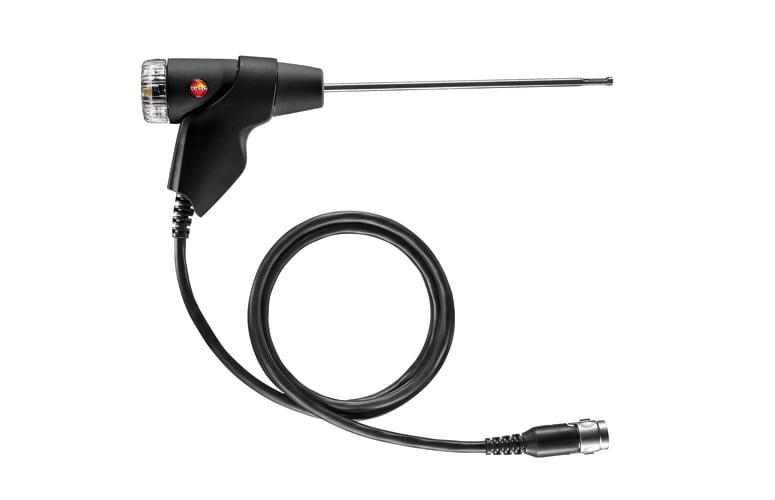
0600 9740
Temperature probes
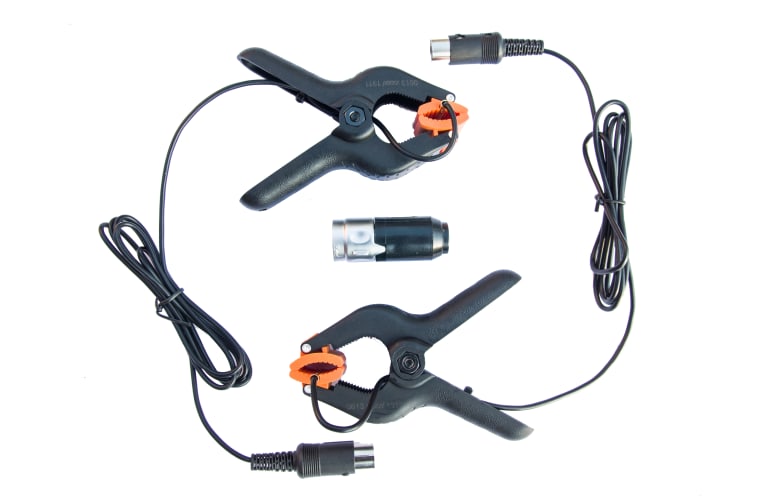
0554 7223
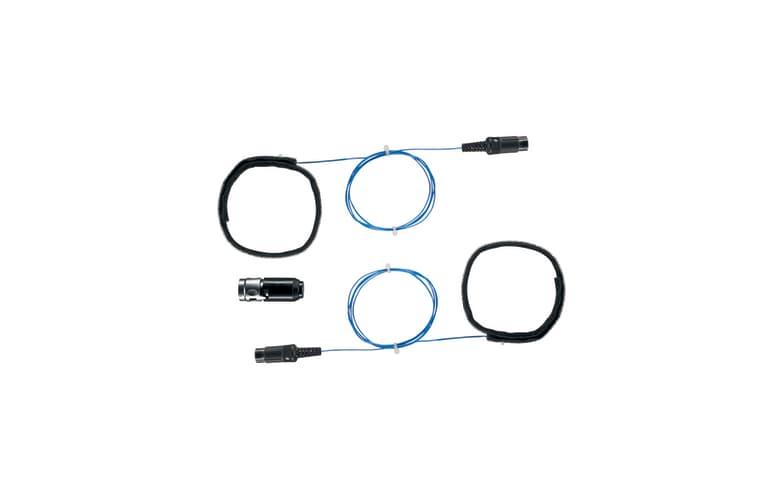
0554 1208
Accessories
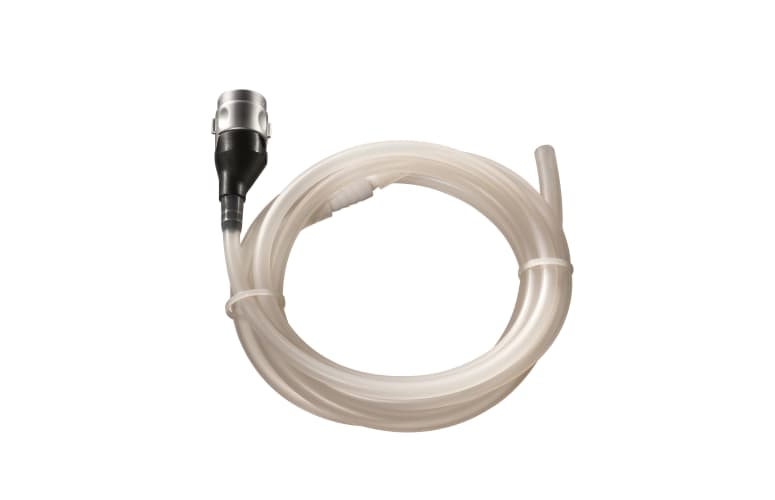
0554 1203
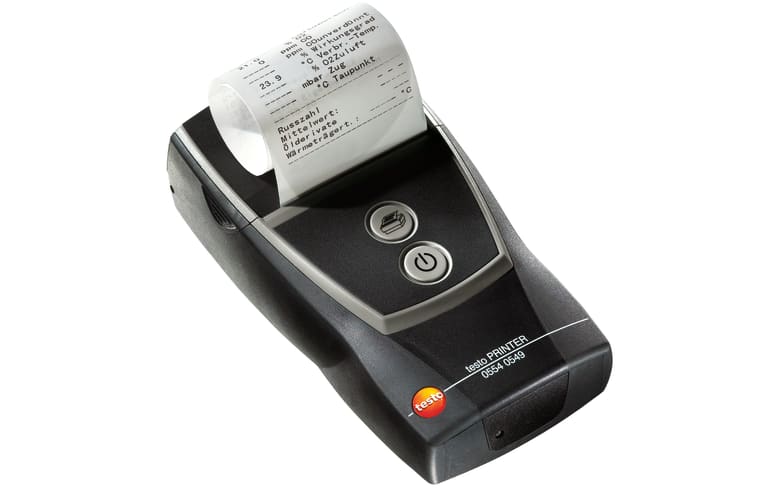
0554 0549
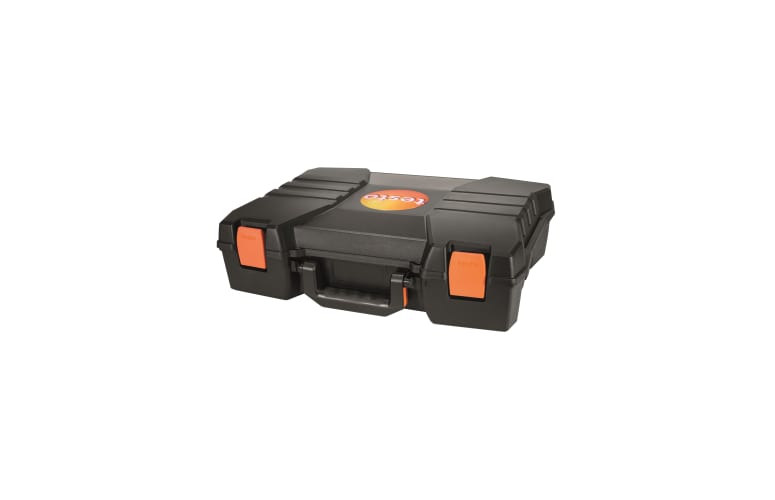
0516 3300
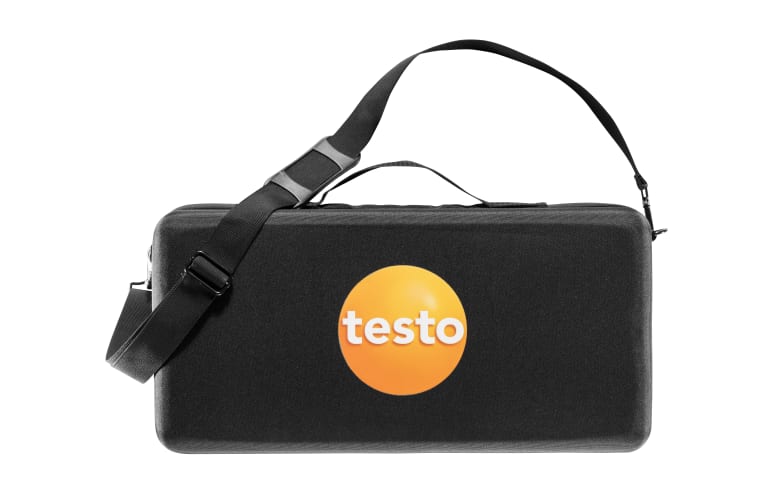
0516 3001
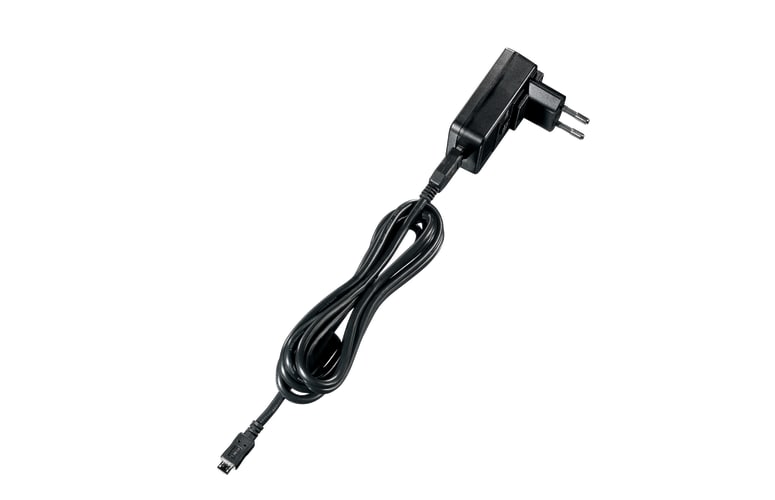
0554 1105
Measuring the flue gas parameters of the burner (CO, O2, and temperature, etc.)
The flue gas measurement for a heating system helps to establish the pollutants released with the flue gas (e.g. carbon monoxide CO or carbon dioxide CO2) and the heating energy lost with the warm flue gas. In some countries, flue gas measurement is a legal requirement. It primarily has two objectives:
- Ensuring the atmosphere is contaminated as little as possible by pollutants; and
- energy is used as efficiently as possible.
Stipulated pollutant quantities per flue gas volume and energy losses must never be exceeded. Measurement in terms of results required by law takes place during standard operation (every performance primarily using the appliance). Using a Lambda probe (single hole or multi-hole probe), the measurement is taken at the centre of flow in the connecting pipe (in the centre of the pipe cross-section, not at the edge) between the boiler and chimney/flue. The measured values are recorded by the flue gas analyzer and can be logged either for print out or transfer to a PC at a later stage.
Measurement is taken by the installer at commissioning, and if necessary four weeks later by the flue gas inspector/chimney sweep, and then at regular intervals by the authorised service engineer.
- Instruction Manual testo 320 basic(pdf, 1.73 MB)
- Instruction manual testo 320(pdf, 2.56 MB)
- Firmware-Update (testo 320 basic)(v1.10, 12.07 MB)If the firmware update does not start under Windows 8.1 or Windows 10, a new bootloader must be installed on the measuring device once.
A description and all necessary files can be found under the search term: Update-Kit / Bootloader - testo 320 Bootloader(v1.18, 384.0 kB)
- Update-Kit / Bootloader(V1.22, 1.24 MB)(testo 330 LL | testo 330i | testo 350 Control Unit + Analysis Box | testo 320)
If the firmware update does not start under Windows 8.1 or Windows 10, a new bootloader must be installed on the measuring device once. - Excel Tool testo 320 basic(v1.0, 3.62 MB)Allows retrieval of the current values from your testo 320 basic into a Microsoft Excel worksheet. Required is a 32 bit installation of Microsoft Excel/Office, which usually also can be used on 64 bit operating systems without problems.